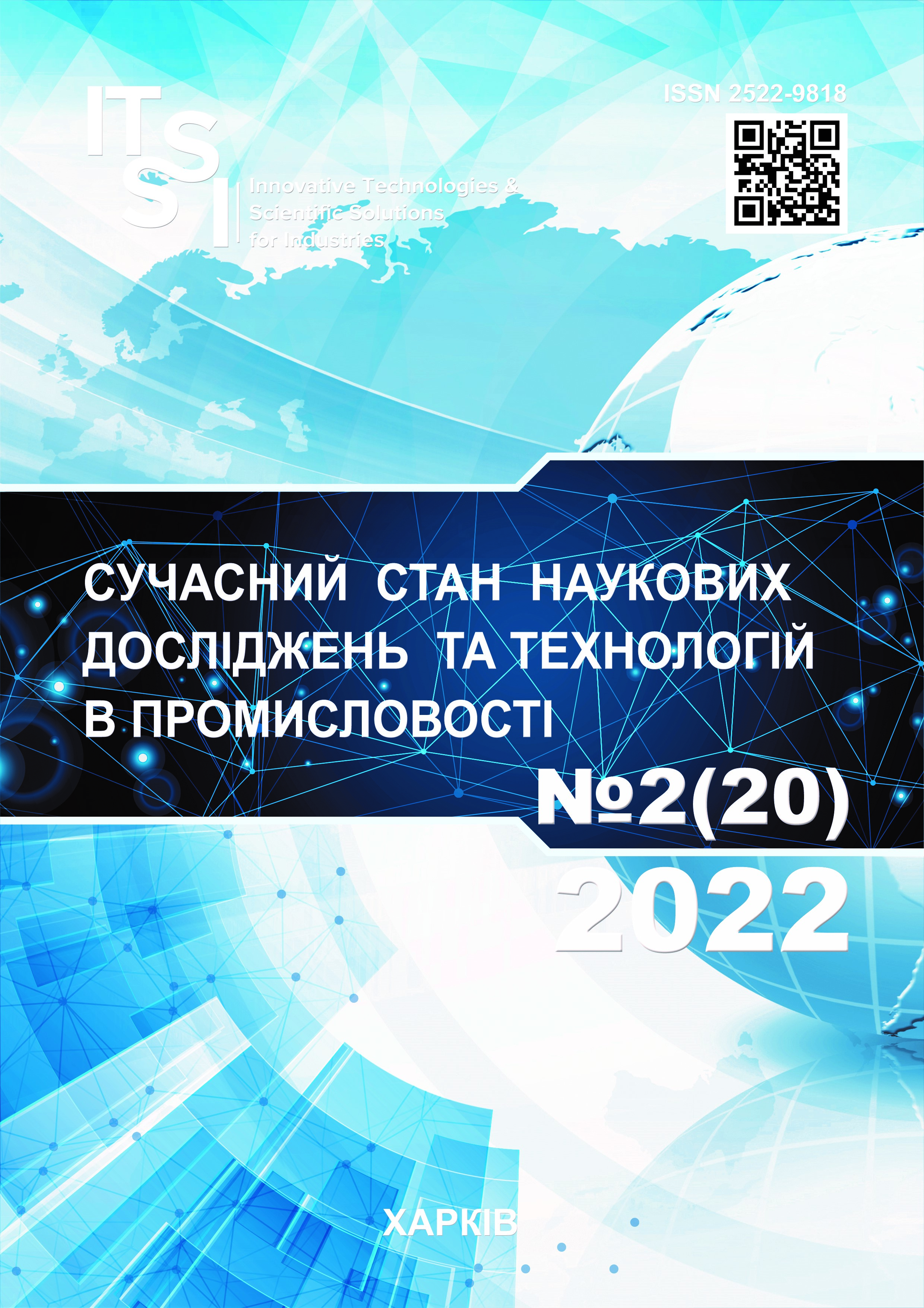NOSQL DATABASE LOGIC DESIGN METHODS FOR MONGODB AND NEO4J
DOI:
https://doi.org/10.30837/ITSSI.2022.20.052Keywords:
database, logical design method, DB DESIGN, Neo4j, NoSQL, MongoDBAbstract
Modern developers of gaming mobile and Internet applications almost do not imagine themselves without the use of NoSQL databases, if they pursue the goal of creating scalable databases with high-performance and wide functionality. When designing a database for any NoSQL system, the developer needs a clear understanding of the logic of such databases and the capabilities of the tools offered by the corresponding DBMS. However, unfortunately, they do not have unified methods of logical design of such models, as in relational databases. Thus, there is a problem of developing effective methods for the logical design of such databases that would provide the necessary performance when implementing the business logic of the corresponding applications. The subject of the research is approaches to the logical design of NoSQL document and graph databases. The goal of the work is to propose unified logical modeling methods for MongoDB and Neo4j NoSQL systems based on an experimental study of their performance. The following tasks are solved in the work: analysis of current approaches to the logical design of document and graph databases\, the development of logical design methods for them; planning and experimental study of the performance of the proposed methods on the example of models developed with their help. The following methods are used: database design methods, database performance evaluation methods, development methods are based on MongoDB 5.0.5, Neo4j 4.4.3 DBMS, Visual Studio 2022 development environment. The following results are obtained: unified logical design methods for MongoDB and Neo4j NoSQL systems are proposed; on their basis, the corresponding logical models have been developed; experimental measurements of the number of resources required working with the developed models; recommendations on the proposed methods are formed. Conclusions: The proposed modeling methods for MongoDB have their own aspects of their effective use for different types of applications. The strengths and weaknesses of both methods were identified, but a mixed method based on a combination of modeling through normalization and denormalization was recommended. Even though Neo4j lost out to MongoDB in terms of consumed resources in most experiments, both DBMS's' demonstrate good productivity, taking into account the orientation to different tasks.
References
Maran, M. M., Paniavin, N. A., Poliushkin, I. A., (2020), "Alternative Approaches to Data Storing and Processing", V International Conference on Information Technologies in Engineering Education (Inforino), Р. 1–4, DOI: https://doi.org/10.1109/inforino48376.2020.9111708
Meier, A., Kaufmann, M. (2019), SQL & NoSQL Databases: Models, Languages, Consistency Options and Architectures for Big Data Management, Springer Vieweg, , 248 р. DOI: https://doi.org/10.1007/978-3-658-24549-8
Wood, P. T. (2018), "Graph Database", In: Liu, L., Özsu, M.T. (eds), Encyclopedia of Database Systems. Springer, New York, NY, Р. 1639–1643. DOI: https://doi.org/10.1007/978-1-4614-8265-9_183
Acharya, B., Jena, A. K., Chatterjee, J. M., Kumar, R., & Le, D. (2019), "NoSQL Database Classification: New Era of Databases for Big Data", International Journal of Knowledge-Based Organizations (IJKBO), 9 (1), Р. 50–65. DOI: http://doi.org/10.4018/IJKBO.2019010105
Halpin, T., Morgan, Т, (2008), "Information Modeling and Relational Databases (Second Edition) ", The Morgan Kaufmann Series in Data Management Systems, P. 305–343. DOI: https://doi.org/10.1016/B978-0-12-373568-3.X5001-2
Kuzochkina, A., Shirokopetleva, M., Dudar, Z. (2018), "Analyzing and Comparison of NoSQL DBMS", International Scientific-Practical Conference Problems of Infocommunications. Science and Technology (PIC S&T), Р. 560–564. DOI: https://doi.org/10.1109/INFOCOMMST.2018.8632133
Sanders, G. L., Shin, S. K. (2001), "Denormalization effects on performance of RDBMS", Proceedings of the 34th Annual Hawaii International Conference on System Sciences, P. 9–15.
Sahatqija, K., Ajdari, J., Zenuni, X., Raufi, B., Ismaili, F., (2018), "Comparison between relational and NOSQL databases", 41st International Convention on Information and Communication Technology, Electronics and Microelectronics (MIPRO), P. 216–221. DOI: https://doi.org/10.23919/mipro.2018.8400041
Date, C. J. (2019), Database Design and Relational Theory: Normal Forms and All That Jazz, Apress, 470 p, ISBN 978-148-425-539-1. DOI: https://doi.org/10.1007/978-1-4842-5540-7
Palanisamy, S., SuvithaVani, P. (2020), "A survey on RDBMS and NoSQL Databases MySQL vs MongoDB", International Conference on Computer Communication and Informatics (ICCCI). DOI: https://doi.org/10.1109/iccci48352.2020.9104047
Chodorow, K., (2016), MongoDB: The Definitive Guide: Powerful and Scalable Data Storage, 3rd Edition, O'Reilly Media, 514p.
Bagui, S., Earp, R. (2011), Database Design Using Entity-Relationship Diagrams (Foundations of Database Design), Auerbach Publications, 371 р. DOI: https://doi.org/10.1201/9781439861776
Vukotic, A., Watt, N., Abedrabbo, T., Fox, D., Partner, J. (2014), Neo4j in Action, Manning, 304 р.
Mazurova, O., Naboka, A., Shirokopetleva, M. (2021), "Research of ACID transaction implementation methods for distributed databases using replication technology", Innovative technologies and scientific solutions for industries, № 2 (16), Р. 19– 31. DOI: https://doi.org/10.30837/ITSSI.2021.16.019
Gomes, C., Borba, E., Tavares, E., Junior, M. N. de O. Performability (2019), "Model for Assessing NoSQL DBMS Consistency", IEEE International Systems Conference (SysCon). DOI: https://doi.org/10.1109/syscon.2019.8836757
Downloads
Published
How to Cite
Issue
Section
License

This work is licensed under a Creative Commons Attribution-NonCommercial-ShareAlike 4.0 International License.
Our journal abides by the Creative Commons copyright rights and permissions for open access journals.
Authors who publish with this journal agree to the following terms:
Authors hold the copyright without restrictions and grant the journal right of first publication with the work simultaneously licensed under a Creative Commons Attribution-NonCommercial-ShareAlike 4.0 International License (CC BY-NC-SA 4.0) that allows others to share the work with an acknowledgment of the work's authorship and initial publication in this journal.
Authors are able to enter into separate, additional contractual arrangements for the non-commercial and non-exclusive distribution of the journal's published version of the work (e.g., post it to an institutional repository or publish it in a book), with an acknowledgment of its initial publication in this journal.
Authors are permitted and encouraged to post their published work online (e.g., in institutional repositories or on their website) as it can lead to productive exchanges, as well as earlier and greater citation of published work.














